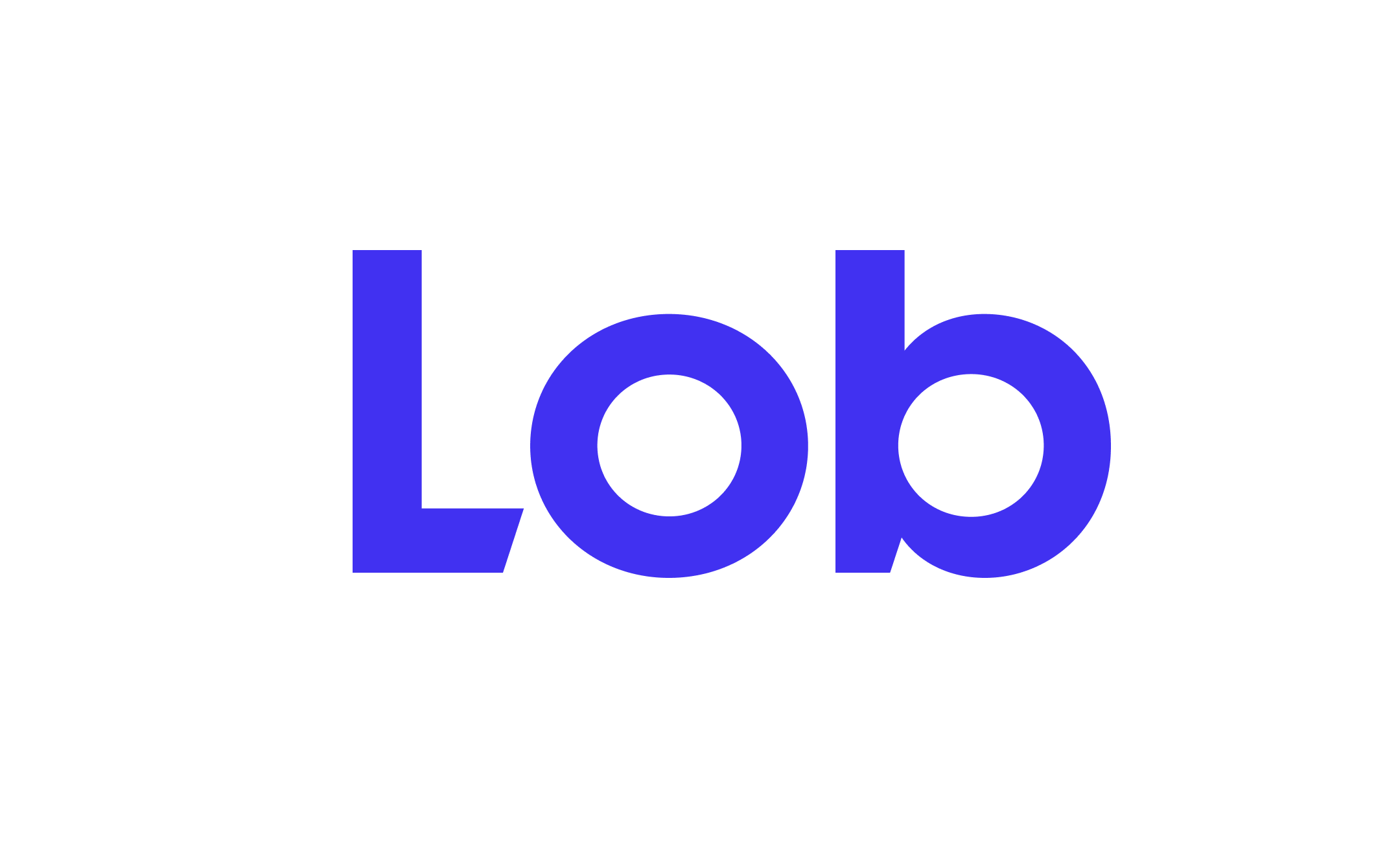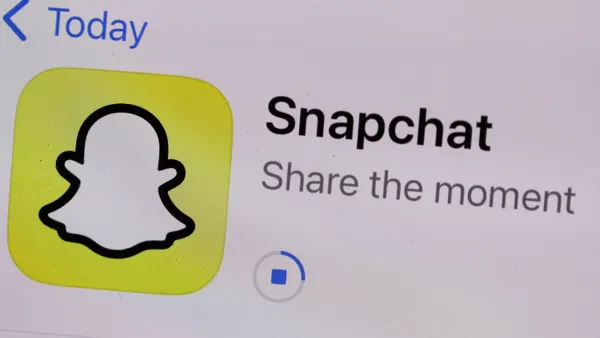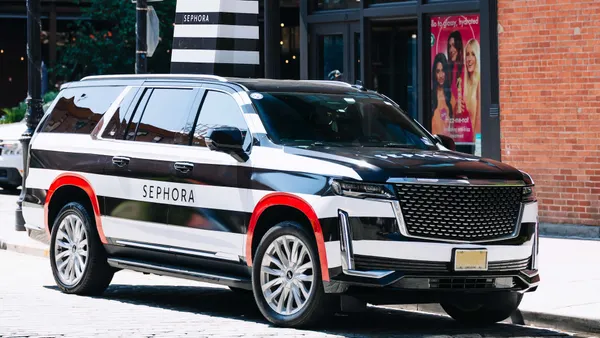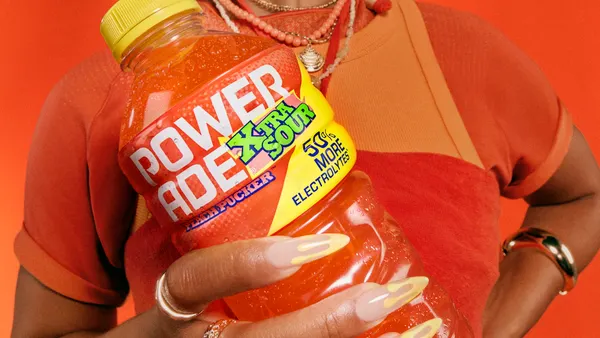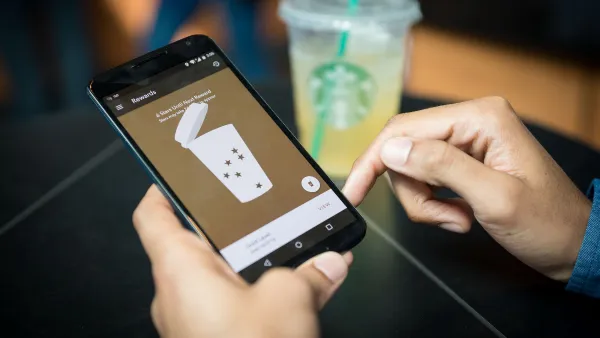Brief:
- Burger King this week is running a Halloween promotion that offers free food to mobile customers who visit "BK Scary Places" — namely, the abandoned restaurant locations of rivals including McDonald's and Wendy's. BK App users who have opted into push notifications will receive an alert that directs them to those locations to receive a code for a free Whopper for pickup or delivery, per a press release.
- The QSR chain will share the exact map coordinates of the abandoned restaurants in local newspaper ads on its social media channels and at a special microsite. The scary places are in Dayton, Ohio; Birmingham, Alabama; McHenry, Illinois; Johnston, Rhode Island; and Houston.
- Burger King has frequently used location-based activations to increase engagement with its app, and its Halloween effort returns to the competitive sparring tactic that it used to great effect before the pandemic.
Insight:
Burger King's BK Scary Places promotion is notable for urging customers to visit the hollowed out shells of former competitor locations — including McDonald's, Wendy's, Jack in the Box and Sonic — to receive a geolocated offer for a free Whopper for pickup or delivery. The off-beat campaign is somewhat contrary in urging BK App users to visit the abandoned restaurants in select cities, though the foot traffic to the former locations of rivals won't drive sales for those other brands.
The BK Scary Places campaign is reminiscent of its "Whopper Detour" conquesting campaign that two years ago targeted app users who walked near a McDonald's location. The app used geolocation technology to guide those customers to the nearest Burger King for a free Whopper. The innovative campaign demonstrated how a brand could harness various mobile technologies — namely, mapping and geolocation — to target customers when they were most likely to visit its archrival. The campaign also drove 1.5 million downloads for the BK App, helping the chain reach more consumers through their smartphones.
Burger King's Halloween-themed campaign is another sign of how fast food chains have changed their marketing during the pandemic to focus on services like delivery and pickup. McDonald's Canada this week will run a web-based augmented reality (AR) experience showing a yellow McDelivery door to its mobile website. By "knocking" on the virtual door as if they were trick-or-treating, mobile customers will open a virtual world to explore and receive an exclusive McDelivery offer. In several markets worldwide, McDonald's generated as much as 10% of total sales from delivery, management said in an earnings call, suggesting why the company continues to put its delivery offerings at the front of its recent marketing efforts.
The campaign is also a return to the competitive sparring tactic that Burger King perfected in its Whopper Detour and "Burn That Ad" campaign, which sets rivals' ads aflame with AR, among other campaigns — a tactic that fell out of favor during the early stages of the pandemic. In kind, Burger King Brazil in June rewarded people for staying home during the pandemic with the geolocation-powered "Lockdown Whopper" campaign. Now, competitive sparring appears to be returning as consumers attempt to return to normal.
While foot traffic is still a priority for restaurants during the pandemic, many customers are uncomfortable with the idea of lingering in a dining room. Burger King saw a decline in same-store revenue in Q2, but its drive-thru sales rose more than 20% by the end of April from year earlier, management of parent company Restaurant Brands International (RBI) said in an earnings call. Drive-thru business rose to 85% of total sales by the end of the period, from about two-thirds of the total a year earlier, RBI CEO José Cil said. Burger King's same-store sales slipped 3.2% in the U.S. and by more than 10% worldwide in Q3, according to preliminary results announced this month.








